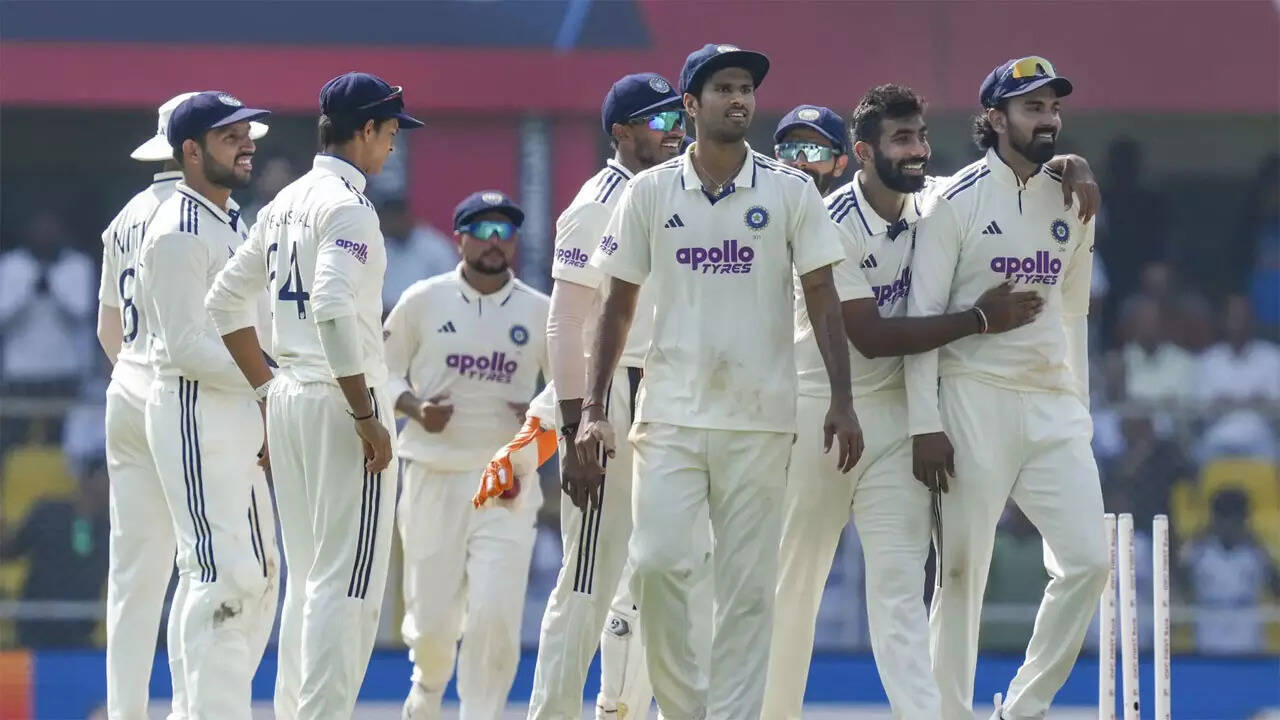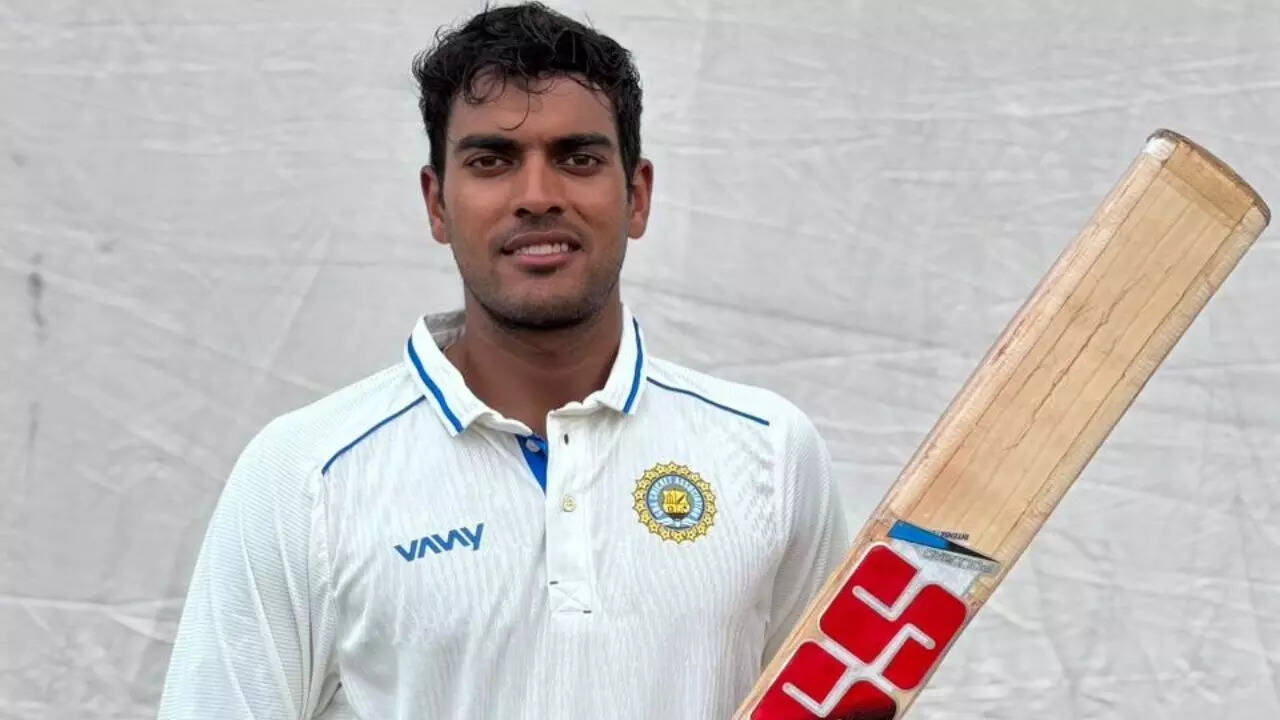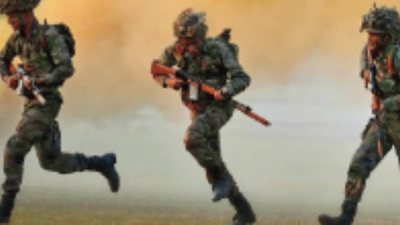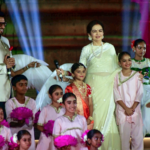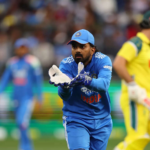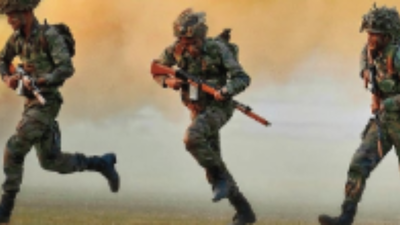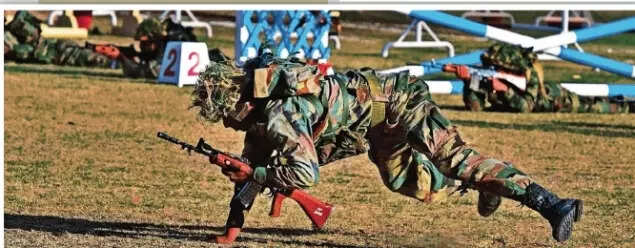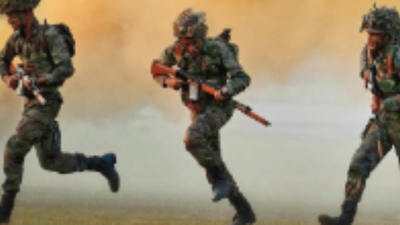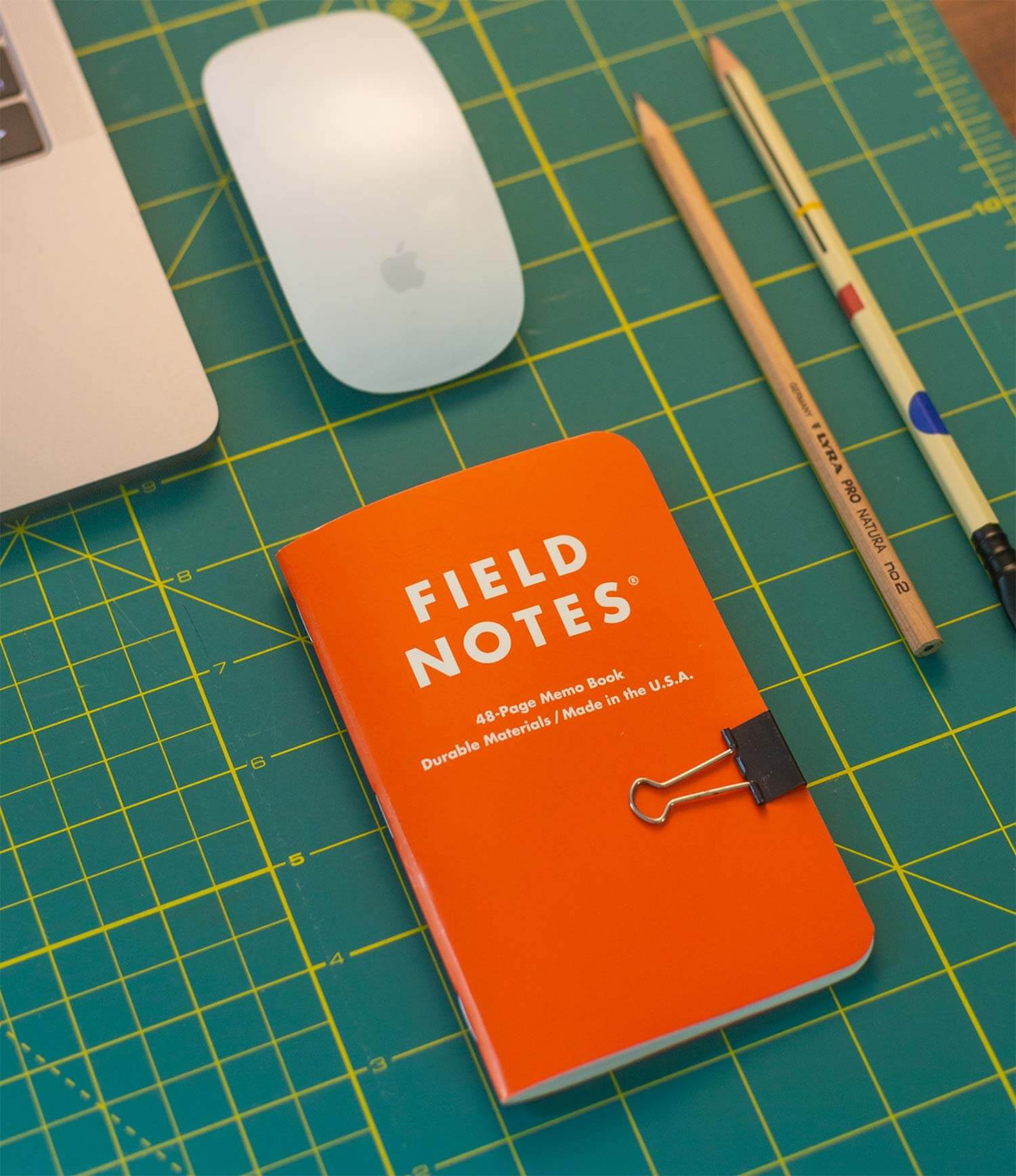NDA’s training regimen takes cadets beyond mental and physical limits of endurance. For some, however, the going gets really tough and the road ends not in a quiet withdrawal, but in tragedy. Two recent deaths at the premier military training academy have forced deep introspection into selection and trainingIt was DLTGH 50 (days left to go home) at National Defence Academy (NDA). Morning announcements at squadrons were now beginning with this cheerful count. Mid-term had passed. Termbreak — and home — were only a few weeks away when the Oct 10 morning muster in Charlie Squadron reported a missing firsttermer, Cadet Antriksh Kumar Singh.The 18-year-old was found dead in his cabin. It was the third suicide in NDA since 2014. The Lucknow boy had cleared Services Selection Board (SSB) in his first attempt and was by all accounts a very bright student. What drove him beyond the edge?Less than two weeks later, tragedy struck again. This time in the swimming pool. Bravo Squadron first-termer Aditya D Yadav, a weak swimmer, was being put through extra lessons to clear his mandatory test when he drowned. Just how he died in the presence of six instructors, other cadets and officers is not known yet.Police investigations are on into both incidents. NDA is holding a court of inquiry. Both families have alleged a conspiracy and demanded ‘impartial investigations’.Deep look withinThe back-to-back deaths at India’s premier military academy have triggered a deep introspection within defence and training circles about SSB, the training regimen and the psychological resilience expected of boys and girls fresh out of school.Selection for NDA is one of the most gruelling in the world — some 6 lakh sign up for just 406 seats. After clearing a UPSC written exam, candidates have to undergo an SSB interview process that lasts four days for those that clear screening. Then, there are medical tests. It’s after this multi-layered filtering that cadets earn the right to wear the Ashoka emblem on their NDA beret.Then comes training. Often, night merges into sleepless night after the day’s soul-sapping ‘ ragda ’ for first-termers. “Forget the drill square or PT grounds, merely surviving from reveille to lights-out in the squadron was a challenge in my ‘ Ikki ’ (first-termer) days,” recalled an NDA alumnus, who later joined as an instructor. “The process of forging boys into soldiers needs to be hard on mind and body. Unfortunately, sometimes tragedies happen. My heart goes out to the families of these cadets.”While the two deaths occurred under different circumstances, they are an indication of the immense adjustment pressures first-term cadets face.There have been nine deaths at NDA in the last two decades, three of them suicides. Cadets quitting training is also a major concern. A 2018 news report, quoting a report jointly prepared by Integrated Defence Staff Headquarters and NDA, revealed that between Jan 2008 and Nov 2017, as many as 1,256 cadets quit NDA, or a good 16-20% of intake every year.So, what’s going wrong?TOI spoke to former SSB assessors, NDA instructors and former commandants and deputy commandants and a common voice emerged: the need to introduce systemic reforms that can ensure cadet safety without compromising on toughness.Change must start with SSBA consensus among several former SSB presidents and instructors is that the problem begins much before cadets even reach NDA. They point out that while the SSB process rigorously tests the mental makeup of a candidate, there is a need for a more uniform and scientific physical assessment system during the selection process itself.Candidates who fare poorly on the individual obstacle course may still get recommended if they are found fit otherwise — but the physical weakness shows up in NDA’s gruelling pace. Many candidates can’t cope with the sheer physical demands and drop out or get injured or worse.On Feb 11, 2022, defence minister Rajnath Singh informed Lok Sabha that 211 cadets had been discharged from NDA, IMA (Indian Military Academy in Dehradun) and OTA (Officers Training Academy, in Chennai and Gaya) in the previous 10 years as disabled and medically unfit for service.Experts suggest that like soldier recruitment rallies, a standardised physical test — based on measurable, uniform parameters — should be introduced for officer aspirants as well. Additionally, they recommend that cadets undergo comprehensive physical fitness assessments upon reporting to NDA. “Without a scientific baseline, how can the academy know if a cadet has weak leg muscles or poor endurance?” asked a retired physical training officer. “Instead of asking a new cadet to run a few kilometres within days of joining, the academy should build endurance gradually. Those who fail to meet standards after progressive training can then be screened out,” he suggested.“The individual obstacle test at SSB includes activities like ‘Tarzan jump’, vertical rope climbing or Burma bridge-crossing — things most civilian students have never done. Candidates from non-military schools find this difficult because it’s completely new to them,” said Brigadier Laxmicharan Patnaik, former president of an SSB centre.Brigadier Jay Konnur, former president of SSB Centre-Bangalore, acknowledged that physical standards often receive less attention during selection.“Candidates are asked to complete 10 obstacles in three minutes. We observe determination, not absolute physical capability. If a candidate manages even six, we tend to overlook the shortfall. That may not reflect the actual physical preparedness required for NDA training,” he said, adding that SSB’s focus on leadership and group dynamics often overshadows baseline fitness.“Once they reach NDA, every shortcoming becomes magnified in a far more demanding environment,” he pointed out.
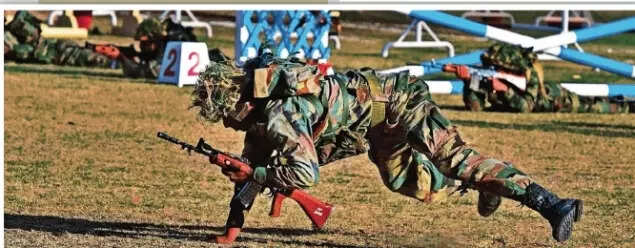
It’s all in the mindThey are equally vocal about the need for improved and sustained psychological evaluations. “Psychological tests at SSBs are not foolproof,” said Patnaik, who was also chairman of Odisha Public Service Commission. “Repeated and deeper assessments at the academy are essential.”He feels NDA should appoint a dedicated team of psychologists to conduct regular evaluations and build a psychological dossier for each cadet.“These young men are future leaders of the armed forces. Understanding their emotional and mental resilience early can prevent breakdowns later,” Patnaik pointed out, adding that psychological counselling should be made a “normal and de-stigmatised part” of cadet life. “If we normalise counselling, first-termers will open up more. Confidential sessions can help them regain confidence and adjust to the demanding environment,” he said.“Cadets from civilian backgrounds face a stunning culture shock in the first term. They are not accustomed to the regimentation, physical demands or the sheer mental toughness that’s asked of them,” said an NDA alumnus. The academy has a system of counselling but what it needs is professional counsellors, said another alumnus.According to Major General Shukla, former commandant of SSB centre-Bhopal, the problem is compounded by interpersonal challenges within squadrons.“First-term cadets are often under immense pressure to prove themselves. Some seniors, driven by tradition or competition, unintentionally humiliate or overburden them. Sensitising senior cadets about mentorship is essential. They must handhold, not intimidate,” he said, remarking that effective mentorship and emotional support from senior cadets can ease this transition provided it is guided and monitored by officers. “Else, the same system that is meant to help may break them,” he cautioned.Pushy buddy?The “buddy system” — where every fresher is mentored by a senior cadet (overstudy) — has come under sharp scrutiny after recent incidents. Several parents, including serving officers, allege the system often crosses ethical and physical boundaries.“There are cases where seniors ask juniors to perform dangerous activities in the name of maintaining squadron honour,” said a source. “A second-term cadet suffered serious neck injuries when a senior asked him to perform a dive roll — a test the senior himself had not passed. The case is under consideration and the injured cadet is likely to board out on medical grounds.”Antriksh’s parents have alleged that his overstudy ragged him relentlessly. That is yet to be borne out in the police probe.The ‘fauji’ father of a medically boarded-out cadet said, “Each squadron competes fiercely in swimming, cross-country, or equestrian events. Seniors push juniors to unrealistic limits to maintain their reputation. This is neither scientific nor fair. This practice needs to be stopped.”However, former NDA commandants defend the mentorship tradition, insisting that when implemented correctly, it helps cadets adapt to a tough environment.Lt Gen Asit Mistry (retd), a former NDA commandant, said, “The buddy system has existed for decades and works effectively. Senior cadets help newcomers cope with the rigours of training. It’s unclear what went wrong in these cases, but the concept is sound.”Another former commandant added, “There is no scope for ragging or unscientific practices. Each squadron has officers specifically responsible for cadet welfare, who personally monitor stress and morale. Deviations must be dealt with seriously.”Balancing tradition with accountabilityEx-NDAs fiercely defend the academy’s ethos, and its emphasis on physical and mental toughness, pointing out that the system has produced three Param Vir Chakras, 12 Ashoka Chakras, 32 Mahavir Chakras and 160 Vir Chakras.But officers have also acknowledged the existence of what they term “unscientific traditions” — informal endurance practices not sanctioned but culturally ingrained. “These sessions are not officially part of the training schedule. But they are often conducted by senior cadets in the name of toughening them up. It can lead to injuries or psychological breakdowns,” said a former physical training officer.Another veteran observed that while the intention may be to foster toughness, such practices must be replaced with structured, scientific endurance programmes. “We must stop romanticising suffering as character-building. A soldier’s resilience should be built through method, not shock,” he suggested.Another alumnus recalled his own early struggles: “In my first term, I felt completely out of place. I couldn’t meet the standards and thought of quitting. It was only in the third term that I regained confidence. The system is harsh — but it shouldn’t break you before it builds you.”An officer who was part of the TriServices Committee, which tried to reform practices at training academies in 2003, said barracks punishments are the reasons for suicides and should be stopped immediately. “Most armies have changed it. Punishments can be military-ways, but harassment during night or odd hours should end immediately,” he told TOI on the condition of anonymity. “The academy must evolve with the times,” said Major General Shukla. “We cannot afford to lose bright young minds to outdated systems. The goal is not to dilute training, but to make it safer, smarter, and more humane.”As the investigations into the two deaths continue, the hope is that the tragedy will become a catalyst for long-overdue change — one that ensures no more dreams are extinguished in the process of building the nation’s defenders.The human costFar from the institutional debate lies the anguish of devastated families. Rubikumari Yadav, mother of first-termer Aditya Yadav, said her life has been shattered. “My son dreamed of serving the nation, and now I am left with nothing. The academy says there was no fault. Who is responsible for my son’s death then?” she asked.Antriksh’s family says he faced intense pressure and humiliation from a senior cadet. “He topped his school and was full of dreams,” said his uncle, A P Sengar. “But he couldn’t bear the pressure. This is not training — it’s trauma.”Reacting to the allegations levelled by Antriksh’s parents, then NDA commandant Vice-Admiral Gurcharan Singh told TOI, “It is a regrettable incident. He was a good cadet and performing well. We are in touch with the family and extending all possible assistance. A court of inquiry has been ordered to ascertain the facts.”But that’s little consolation for Rubikumari. “At the end of the day, I lost my son — and they lost one of the nation’s best,” she said.Deaths in training this yearOct 23 NDA | Cadet Aditya D Yadav dies during swimming sessionOct 10 NDA | Cadet Antriksh Kumar Singh dies by suicideSept 10 IMA | Gentleman Cadet S Balu dies during a swimming sessionJuly 6 OTA-Gaya | Gentleman Cadet Kumbhar Atharv Sambhaji dies during cross country runMay 19 OTA Chennai | Gentleman Cadet Umang Khar dies from a heat strokeMarch 28 Naval Academy | Cadet R Rabijith dies during trainingWhat NDA saysMentorship | Cadets follow a clear hierarchy within each squadron, ensuring continuous guidance. Five officers are assigned to every squadron, with officers on site, regularly interacting with cadetsConfidential grievance redress | To ensure that cadets can raise concerns without fear, NDA runs a confidential Cadet Suggestion Forum — overseen by highest Academy authorities, monitored dailyPsychological support | Each squadron has two dedicated counsellors, along with service officers who provide additional guidance. This process is monitored by the battalion commander (a colonel-rank officer)Scientific Training | Training is scientific and progressive, designed for gradual physical and mental conditioning. The routine for first-term cadets is engineered with flexibility to facilitate a smooth settling-in period and reduce stress. Cadets needing extra physical support receive bespoke training




